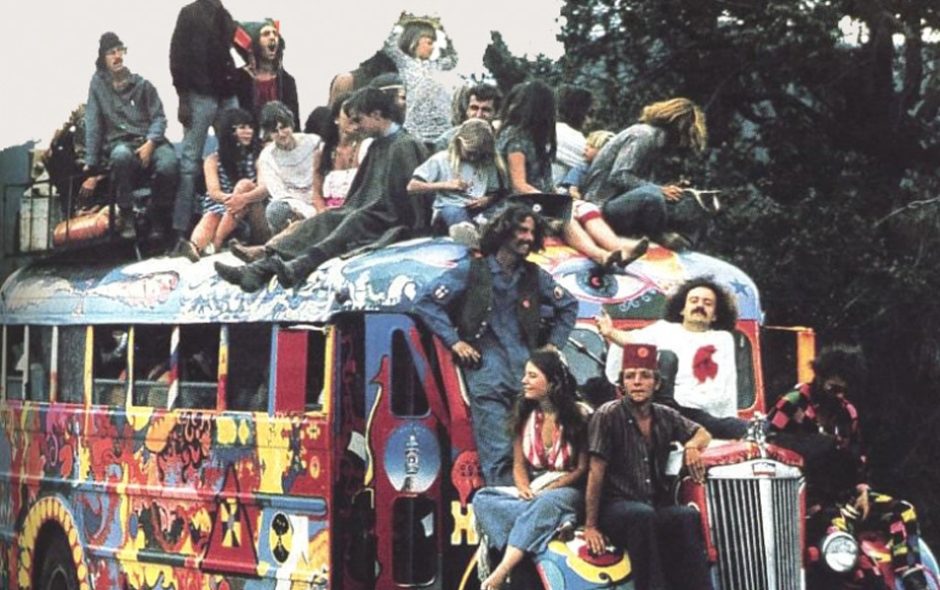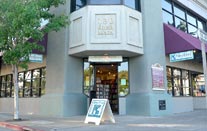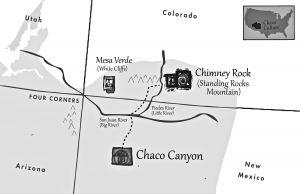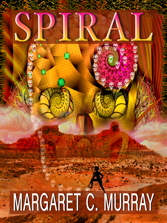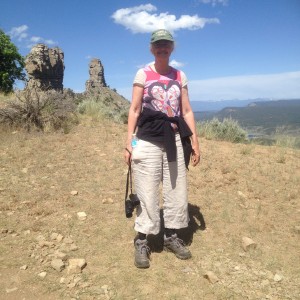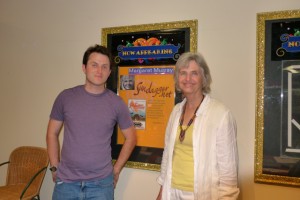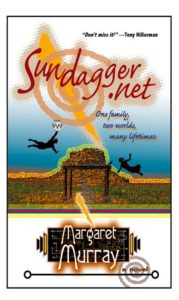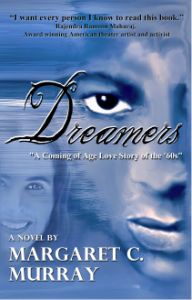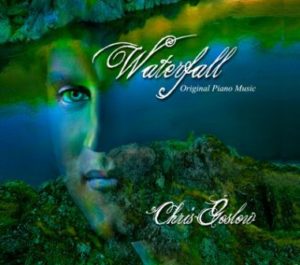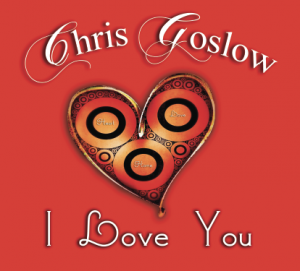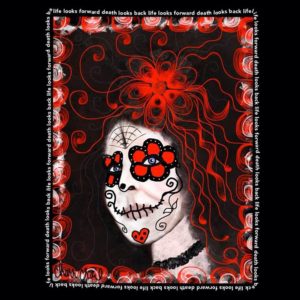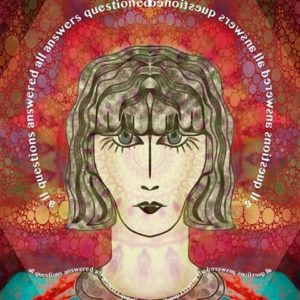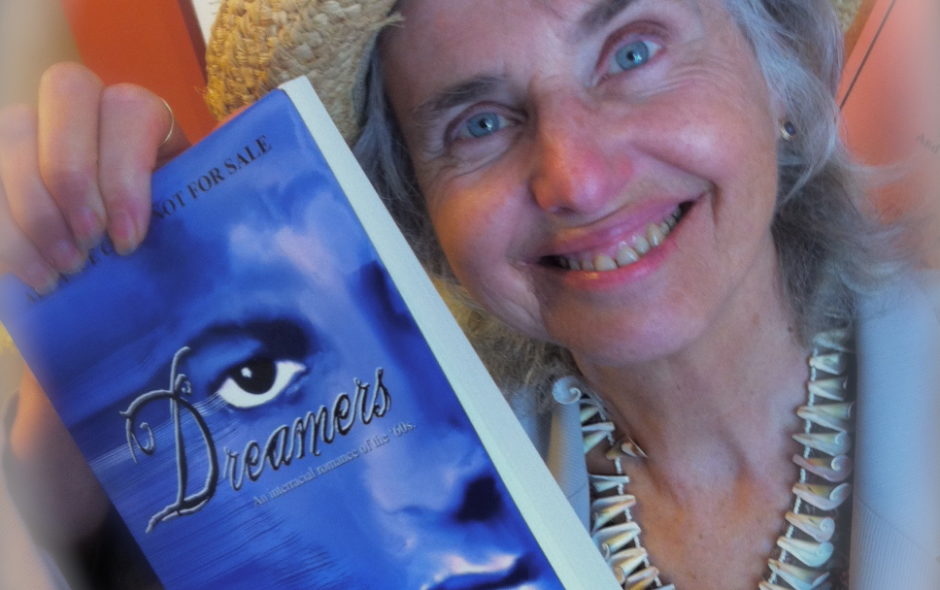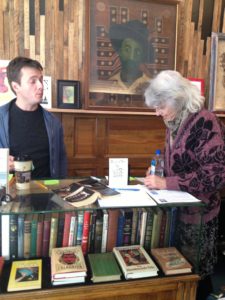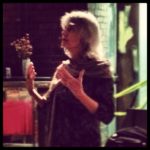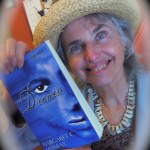|
“Keep some room in your heart for the unimaginable.”
— Mary Oliver, Pulitzer Prize Winning Poet
|
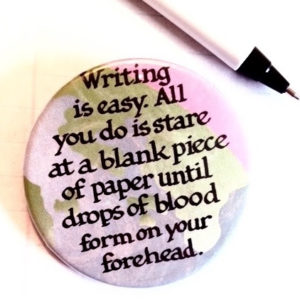
If you, like me, have stories you are dying to tell, you can appreciate the irony of this button I keep on my desk. But irony is only part of it, right? The art of writing may also be suggested by the perfectly calibrated words of Mary Oliver reminding me every time I sit down to write that I am heading for that room where I will be able to call up and name the unimaginable.
For example, years ago I started what became a 400 page novel manuscript called Pillow Prayers based on my horrified response when a friend committed suicide after her pillow stitchery business failed.
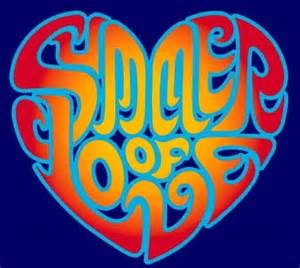
How could she do that? The question tortured me.
After almost ten years of writing the manuscript, I decided it was finished and sent it out to agents, publishing houses, and few published writers including a famous crime novelist who wrote back that he “didn’t know what to do with it”.
There was little interest and so, feeling despondent and rejected myself, I put Pillow Prayers away. Fast forward to 2015 when I had just finished and published Spiral. a novel of magic realism set in the ancient Southwest. Now what? I asked myself as I gritted my teeth and pulled the Pillow Prayers manuscript out of the closet. Yes, I expected those metaphorical drops of blood on the button to soon be dripping from my forehead.
But that doesn’t happen. Instead, to my own amazement, I plunge into a deep, dark tale of love ruined and love reborn. I am suddenly in a room I could not have imagined where I’m seeing how to resurrect my three main characters: Beth, the Stitchery owner; Ruth, the scholar turned hippy artist; and Lonnie, the naive psychology student. I eagerly begin rewriting.
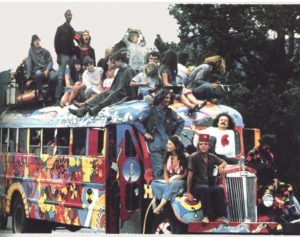
Daily I enter the room of the unimaginable. I cut out Beth, Ruth and Lonnie’s least understandable traits, editing, pasting in, enhancing and creating new juicy ones. In the process I relive Ken Kesey’s psychedelic bus and experience the folk, rock and soul music emerging from the Summer of Love. I feel the excitement posing as a flower child, the menace of the Civil Rights backlash, the horror and fallout from the Vietnam War, the allure of drugs, and the call of what was for me an exotic Buddhism. Most of all I bask in the sunlight of that rare and short-lived freedom I felt when we all first came to San Francisco.

